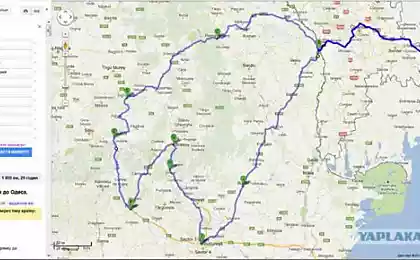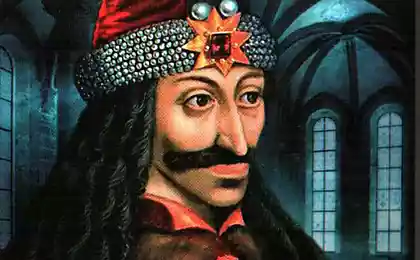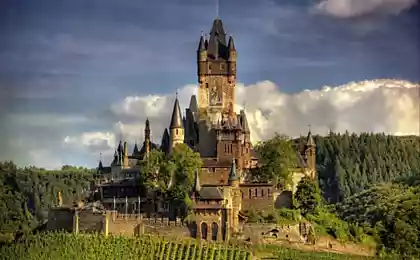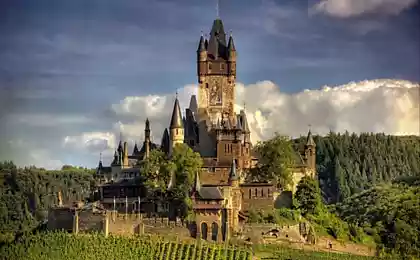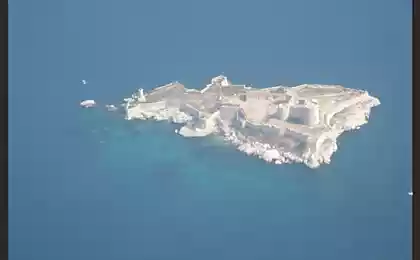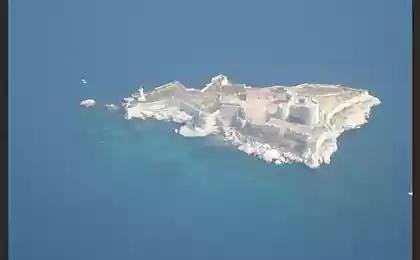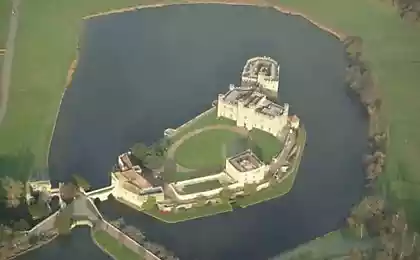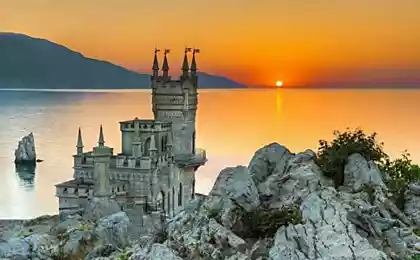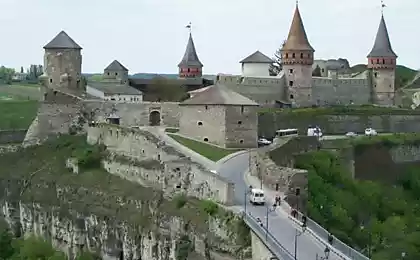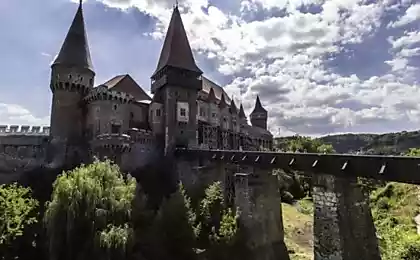564
Dracula's Castle
First upominanie bran castle also known as Dracula's castle, is found in the act from 1377, signed by Louis I of Anjou. According to this document, the castle should be built by locals with their own money, for which they will be exempted from taxes for the next several centuries.
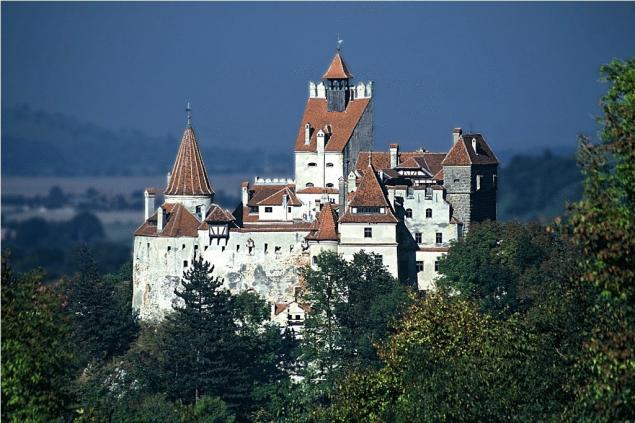
Bran castle is located 30 km from Brasov (Romania), on the border between Transylvania and Wallachia. Built as a protective fortress, bran, even today, is amazing for its defensive power. Built on top of a mountain, the castle has 4 levels, interconnected with stairs. Halls and corridors of the main tower are formed into an intricate maze in which many legends are told, the locals were hiding from penetrating into the fortress of the Turks. On three sides of bran protected the impregnable mountain peaks.
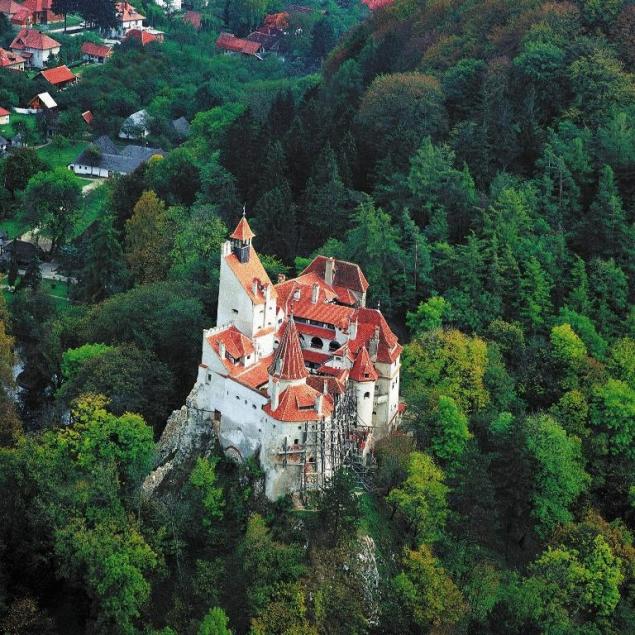
The administration of the castle was made by the lords, the office of which was a permanent garrison. In the late fifteenth century bran castle given to the subordinate authority of the Szeklers Committee, responsible for defense of southern Transylvania. The fortress thus becomes a kind of "customs" and for a long time serves as a protector of southern Transylvania from the Turkish invasion.

In 1920, the municipal Council of Brasov gave bran castle to Queen Mary, in gratitude for its contribution to the formation of the great Romania. Until 1948, the bran castle belonged to the Royal family, after the expulsion from the country where the fortress becomes the property of the Romanian state.
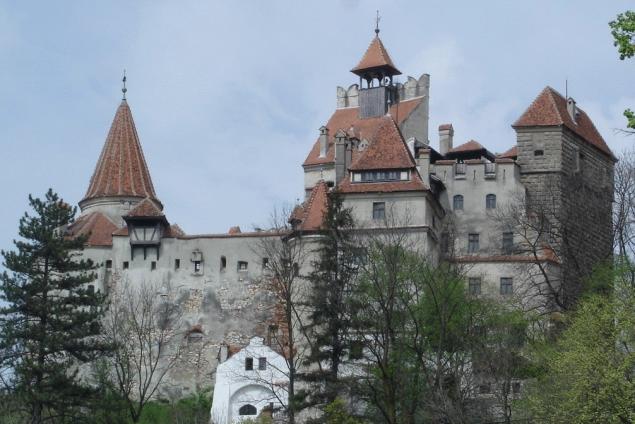
In 1956, the castle began to operate a Museum of history and medieval art. Currently, Bran is a historical-cultural composition associated with Queen Mary – the rooms of the castle are antique furniture, weapons, armor. On the first floor of the castle you can visit the room of the Queen Mary and the so-called yellow salon.
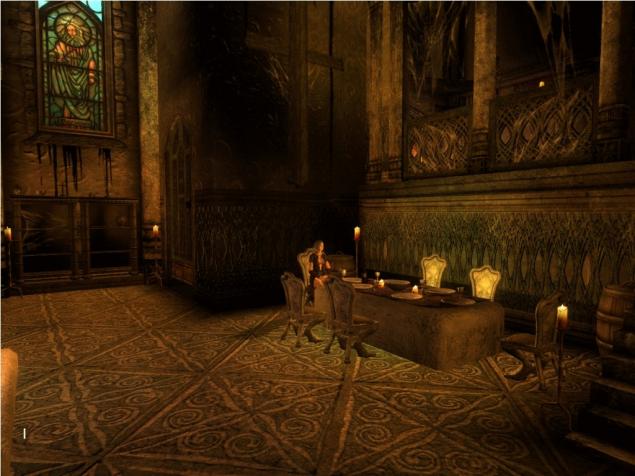
Numerous tourists are eager to get to bran castle to find traces of the legendary Vlad Tepes, count Dracula. These aspirations are associated with numerous legends linking the ancient fortress with the personality of the Prince. Thus, according to one legend, in 1462, Vlad Tepes was captured by the Hungarian king Matthias Corvinus and thrown into the dungeon of bran castle, where he was subjected to torture for two months. According to another version, surrounding area bran was a favorite place for hunting bloodthirsty Prince. Local residents say that to this day his Ghost is haunting the local forests.
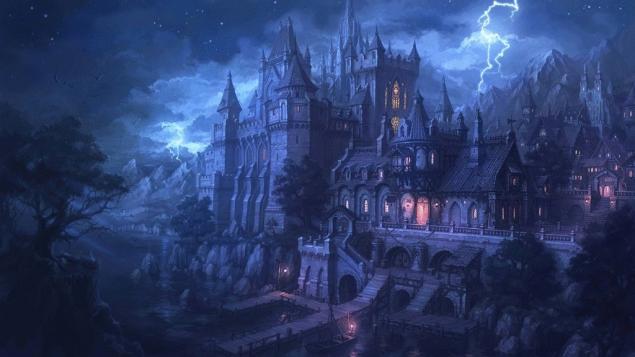
Source: /users/155

Bran castle is located 30 km from Brasov (Romania), on the border between Transylvania and Wallachia. Built as a protective fortress, bran, even today, is amazing for its defensive power. Built on top of a mountain, the castle has 4 levels, interconnected with stairs. Halls and corridors of the main tower are formed into an intricate maze in which many legends are told, the locals were hiding from penetrating into the fortress of the Turks. On three sides of bran protected the impregnable mountain peaks.

The administration of the castle was made by the lords, the office of which was a permanent garrison. In the late fifteenth century bran castle given to the subordinate authority of the Szeklers Committee, responsible for defense of southern Transylvania. The fortress thus becomes a kind of "customs" and for a long time serves as a protector of southern Transylvania from the Turkish invasion.

In 1920, the municipal Council of Brasov gave bran castle to Queen Mary, in gratitude for its contribution to the formation of the great Romania. Until 1948, the bran castle belonged to the Royal family, after the expulsion from the country where the fortress becomes the property of the Romanian state.

In 1956, the castle began to operate a Museum of history and medieval art. Currently, Bran is a historical-cultural composition associated with Queen Mary – the rooms of the castle are antique furniture, weapons, armor. On the first floor of the castle you can visit the room of the Queen Mary and the so-called yellow salon.

Numerous tourists are eager to get to bran castle to find traces of the legendary Vlad Tepes, count Dracula. These aspirations are associated with numerous legends linking the ancient fortress with the personality of the Prince. Thus, according to one legend, in 1462, Vlad Tepes was captured by the Hungarian king Matthias Corvinus and thrown into the dungeon of bran castle, where he was subjected to torture for two months. According to another version, surrounding area bran was a favorite place for hunting bloodthirsty Prince. Local residents say that to this day his Ghost is haunting the local forests.

Source: /users/155

